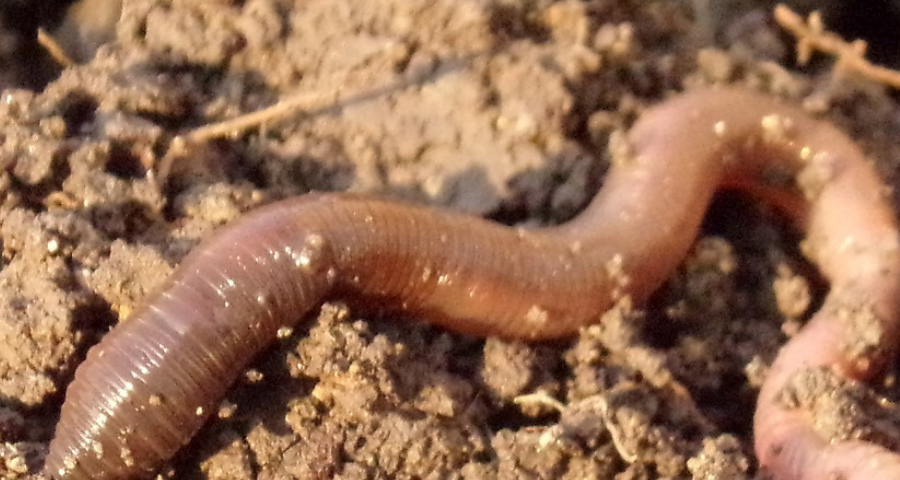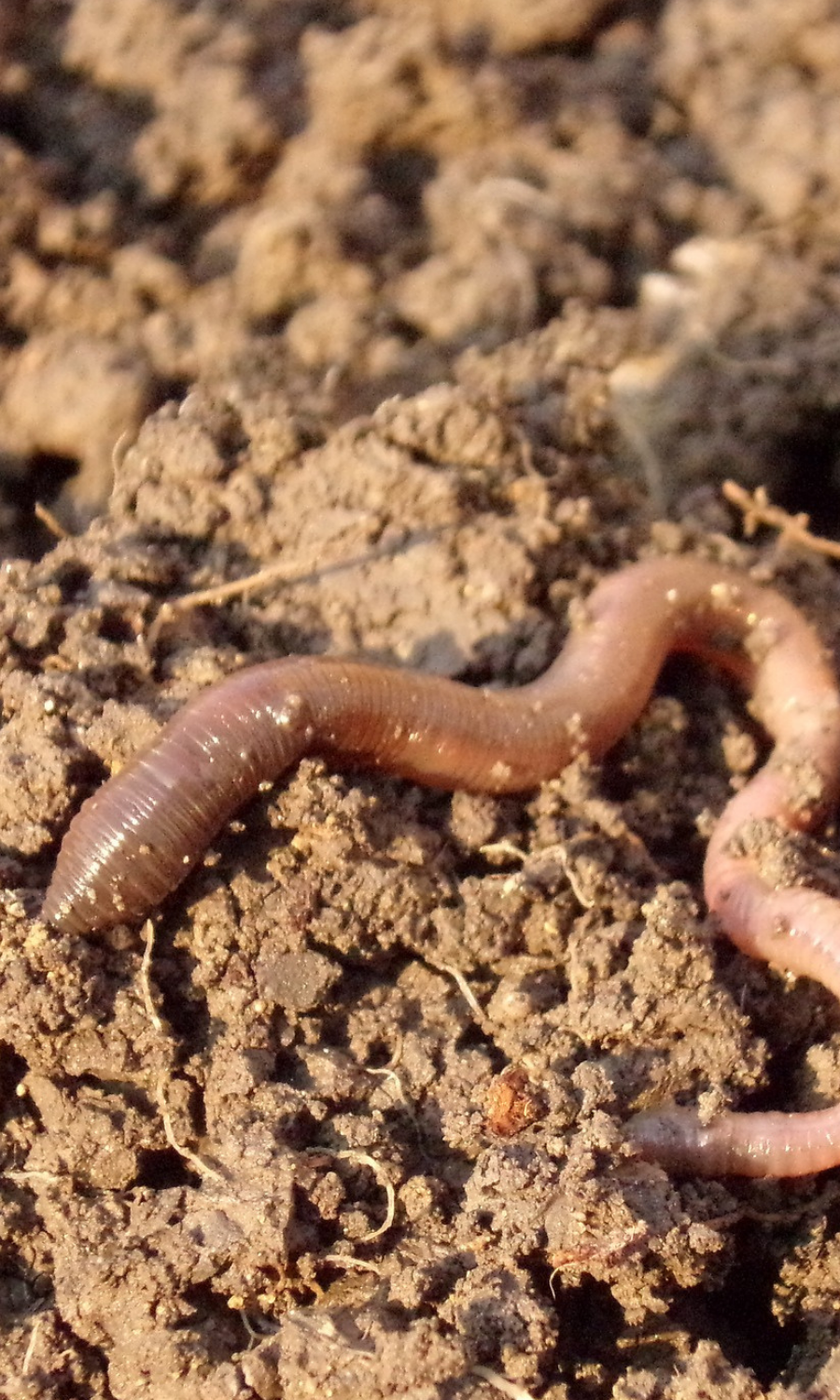Fun Facts About Worms and Composting

Fun Facts About Worms and Composting
By Cindy Dixon
Last week we learned about vermicomposting and what it is and why you should use it. This week we are diving into how it works and what type of worms you should use when practicing this type of compost method.
How does vermicomposting work?
Worms act like miniature farmers. They turn the soil by bringing the organic
matter from the top and mixing with the soil below. During this process, they loosen
the soil with their tunnels. The mucus from the worm’s skin aids in the formation of
aggregates (soil crumb structure). These tunnels are important since they allow
water, air and plant roots to travel through the soil. This process also contributes to
beneficial enzymes in the soil. All this is happening while the worms are leaving
nutrient-rich castings, along the way.
Will any ole worm work in vermicomposting?
The best worms for the job are Red Wigglers (Eisenia fetita). They have a
hardiness and temperature tolerance that other types of worms might not possess.
They are able to tolerate temperatures ranging from 55-90 degrees. Some cocoons
may actually be able to stand short freezing temperatures. Red wigglers adapt well
and reproduce quickly making your initial investment grow. As mentioned above,
their castings are enriched with nitrogen, phosphorus and potassium, making it easy
for plant uptake. And if that’s not enough, red wiggler castings tend to have higher
concentration of macro and micronutrients than garden compost.
So if you’re looking for a productive pet for your garden that is not
demanding and quietly works for scraps while building a rich, healthy soil, worms
are the answer!
LET’S START A GLOBAL WORMING PHENOMENON!!!
To find out what upcoming webinars or live classes are available click here!
* Cindy is an Agriscaping Certified Educator (ACE) in Las Vegas, NV. Learn more here.

